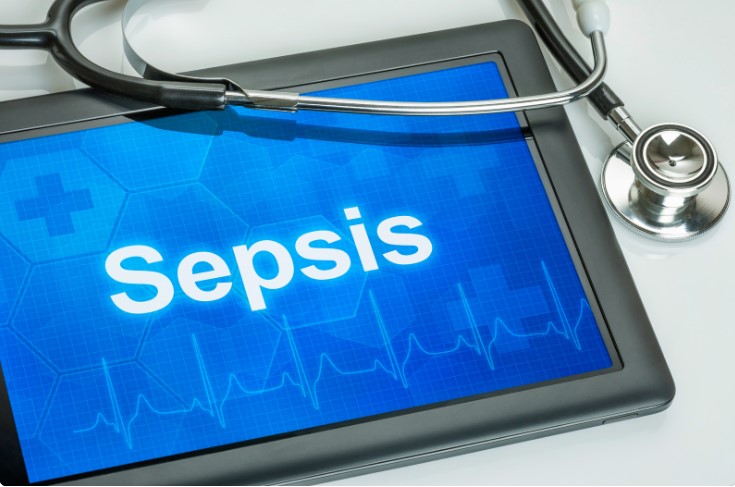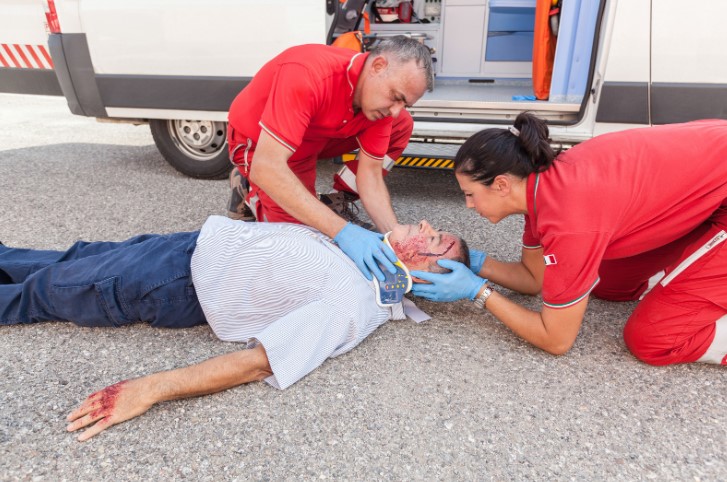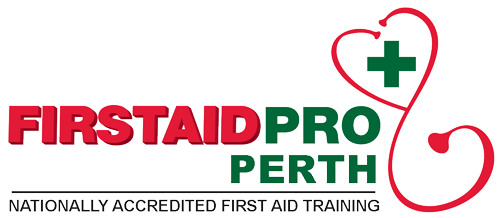What to pack in a travel first aid kit: A first aid kit is a must-have item when you travel, whether across states or in another country. When your doctor’s office is away, having a travel first aid kit with you is vital.
What Goes In A Travel First Aid Kit?
A travel kit is an essential piece to have, but many people are unsure why there is a need to take it with them.
A first aid kit should contain the right items to address and treat common illnesses and injuries that can happen when travelling. It will include various items, but you do not necessarily need to take an entire medicine cabinet with you.
Access to medical care can be challenging when exploring foreign cities or counties. As any traveller or medical professional will tell you, things can go wrong on any trip, whether it is for camping, hiking, or doing some touristy stuff. Thus, taking a well-stocked first aid kit with you at all times is highly advised.
Here is an expert’s tip on what to include in your travel first-aid kit.
Basic First Aid Kit
No travel kit is complete without these first aid basics:
- Antibacterial wipes or alcohol-based cleaner (items should contain 60% or more alcohol content for effectiveness)
- Assorted sizes of bandages to cover minor cuts and scrapes
- Elastic wraps for wrist, ankle, knee, and elbow injuries
- Gauze rolls in 2-inch and 4-inch pads to cover larger cuts and scrapes
- Adhesive medical tape or strips to keep gauze in place
- Instant-activating cold packs for injuries and burn relief. You can also use it to treat strains and sprains.
- Sterile rubber gloves to protect hands and reduce the risk of infection when handling bodily fluids
- Insect repellant (appropriate usage is no more than 10-15% for children and around 30-50% DEET for adults)
- Epinephrine auto-injector (EpiPen) for severe allergic reactions
- First Aid Tools
- Scissors to cur tapes, gauze, or clothes
- Tweezers to remove splinters, foreign objects, bee stings, and ticks
- Safety pins to help fasten splints and bandages
(Note: If travelling by air, scissors and tweezers may not be allowed in a carry-on bag. See airlines guidelines before flying.)
- List of prescription medications along with their generic names
- First Aid Manual
- Regular medications you take at home and bring enough amount for a planned trip. It is best to take extra in case the return home is delayed or extended. Consider wearing a medical alert bracelet If you have diabetes, frequent seizures, known allergies, or other chronic conditions.
- List of emergency contacts (doctor, a trusted friend, family member, etc.)
In taking medications, make sure to follow the manufacturer’s instructions that can be found on the box. Only use these medicines as prescribed and approved by your doctor. Bring them in their original packaging and put clear labels with their name and schedule intake.
Check for expiration dates and throw away any expired tablets and ointments. Use safety caps when available to avoid unnecessary spillage or giving small children unauthorized access.
If someone travelling with you has a diagnosed condition, make sure to carry appropriate medication at all times.
Conclusion
Whether it is a long drive across the country or a hike on your favourite trail, it is recommended to have a travel first aid kit with you. Having one that is easily accessible will help you respond to common medical emergencies that happen along the way.
Do not hesitate to call local emergency services in the place you are in when you need it. If you are travelling with an elderly, a child, or even pets, it is important to consider their needs as well.
A travel kit is best used when you know how to use the items. We suggest taking a first aid class to learn CPR, wound management, asthma care, and many more.
If you are interested in getting trained, visit The First Aid Course Canberra or check our course page for upcoming courses near you.








